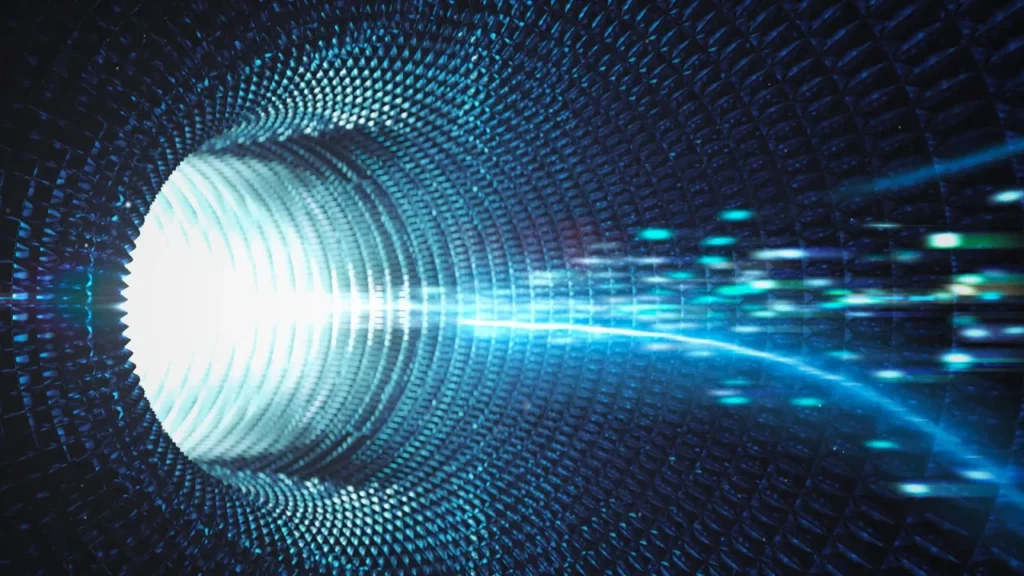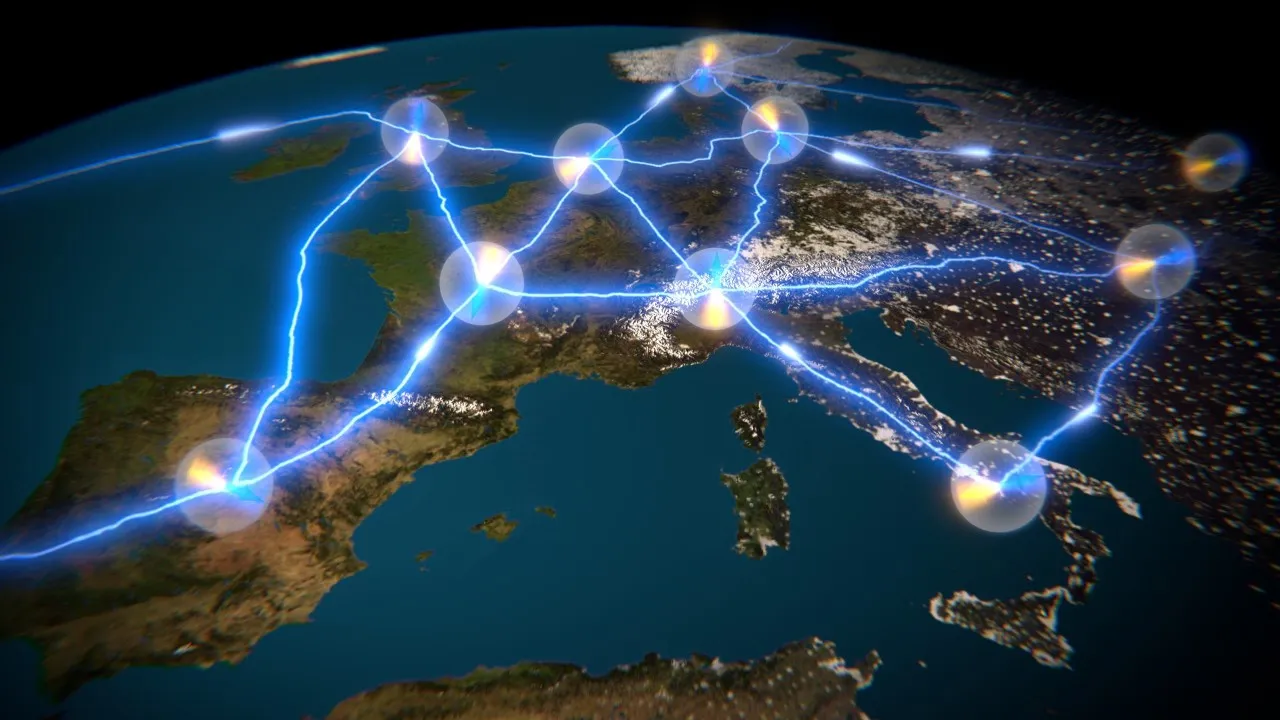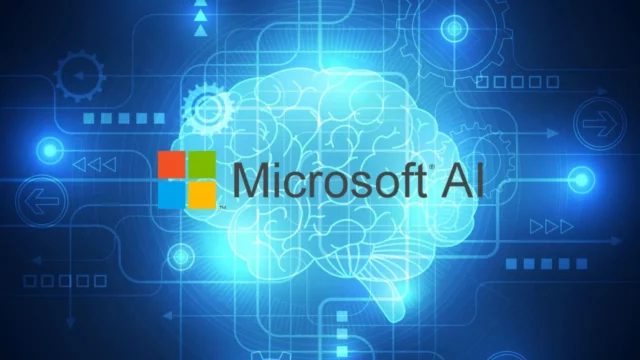The quantum internet just took a huge leap forward. Engineers at the University of Pennsylvania have managed to send quantum signals across commercial fiber-optic lines without losing their fragile entanglement. The achievement proves that a future quantum network may not need entirely new infrastructure after all.
Quantum signals survive real-world internet noise

Normally, quantum signals collapse when they encounter interference on busy lines, making them impossible to read. But the research team successfully transmitted entangled data alongside regular IP traffic on a live city fiber network.
They achieved this breakthrough by introducing a specialized silicon chip capable of protecting the signals from environmental noise without directly measuring and breaking them.
Meet the Q-Chip: key to quantum-classical networks
The heart of the system is the so-called Q-Chip, short for Quantum-Classical Hybrid Internet by Photonics. This device coordinates standard data with quantum packets, bundling them together for transmission across normal cables.
Crucially, the Q-Chip can:
- Send and receive entangled signals alongside classical ones
- Automatically correct for noise in real time
- Preserve quantum entanglement during transit
This dual-purpose design bridges the gap between today’s internet and tomorrow’s quantum network.
Why this breakthrough matters
Until now, most quantum internet experiments have been confined to labs with carefully controlled conditions. By proving that quantum entanglement can survive on commercial fiber infrastructure, researchers have brought the idea closer to practical use.
Potential applications include:
- Ultra-secure communications resistant to hacking
- Distributed quantum computing between distant machines
- New scientific tools for physics and materials research
From theory to the possibility of a quantum internet
The University of Pennsylvania team published its results in Science, marking a milestone for the field. While full-scale deployment of a quantum internet is still years away, this experiment shows it can piggyback on today’s networks instead of requiring entirely new systems.
The future internet may not just be faster, it may be quantum-proof and quantum-powered.














